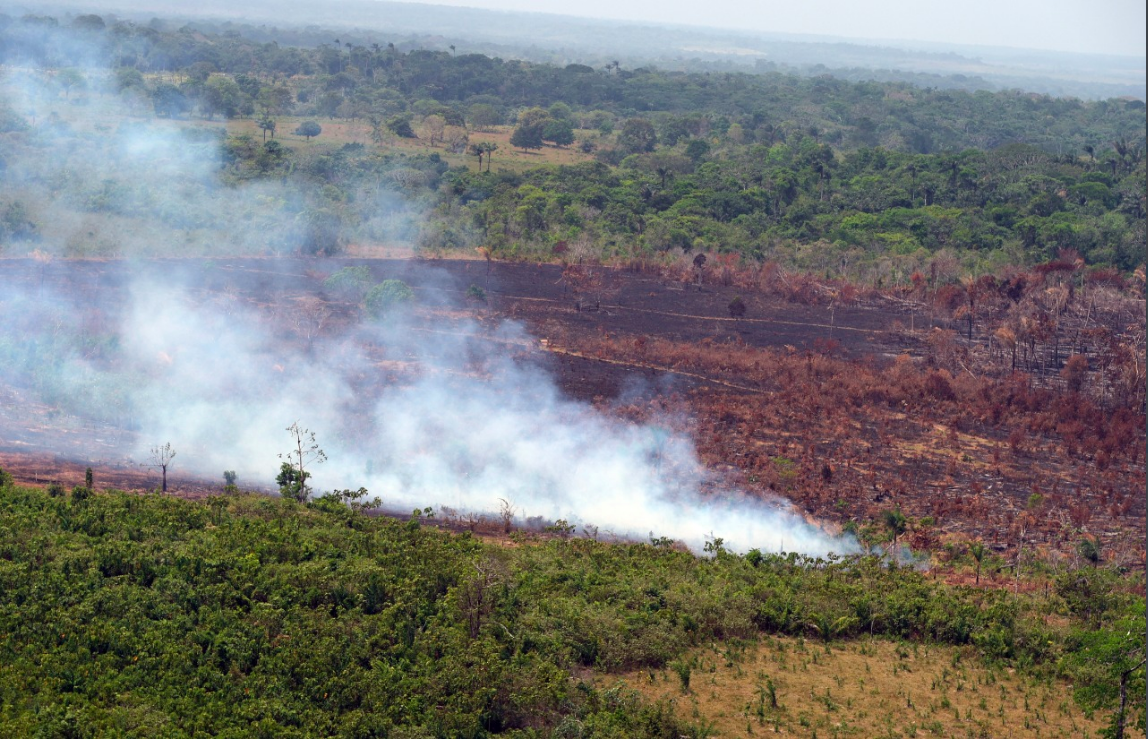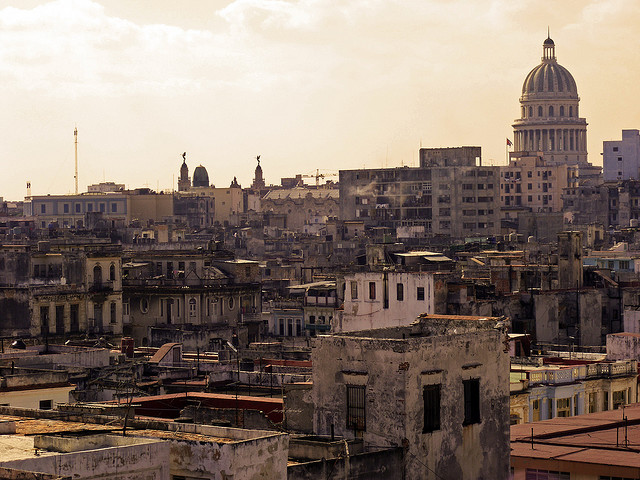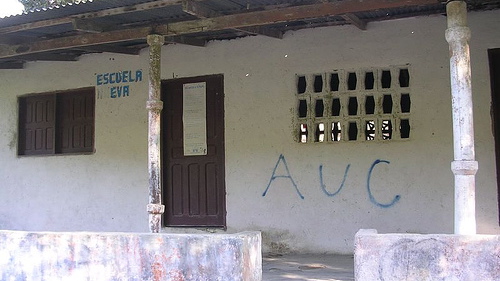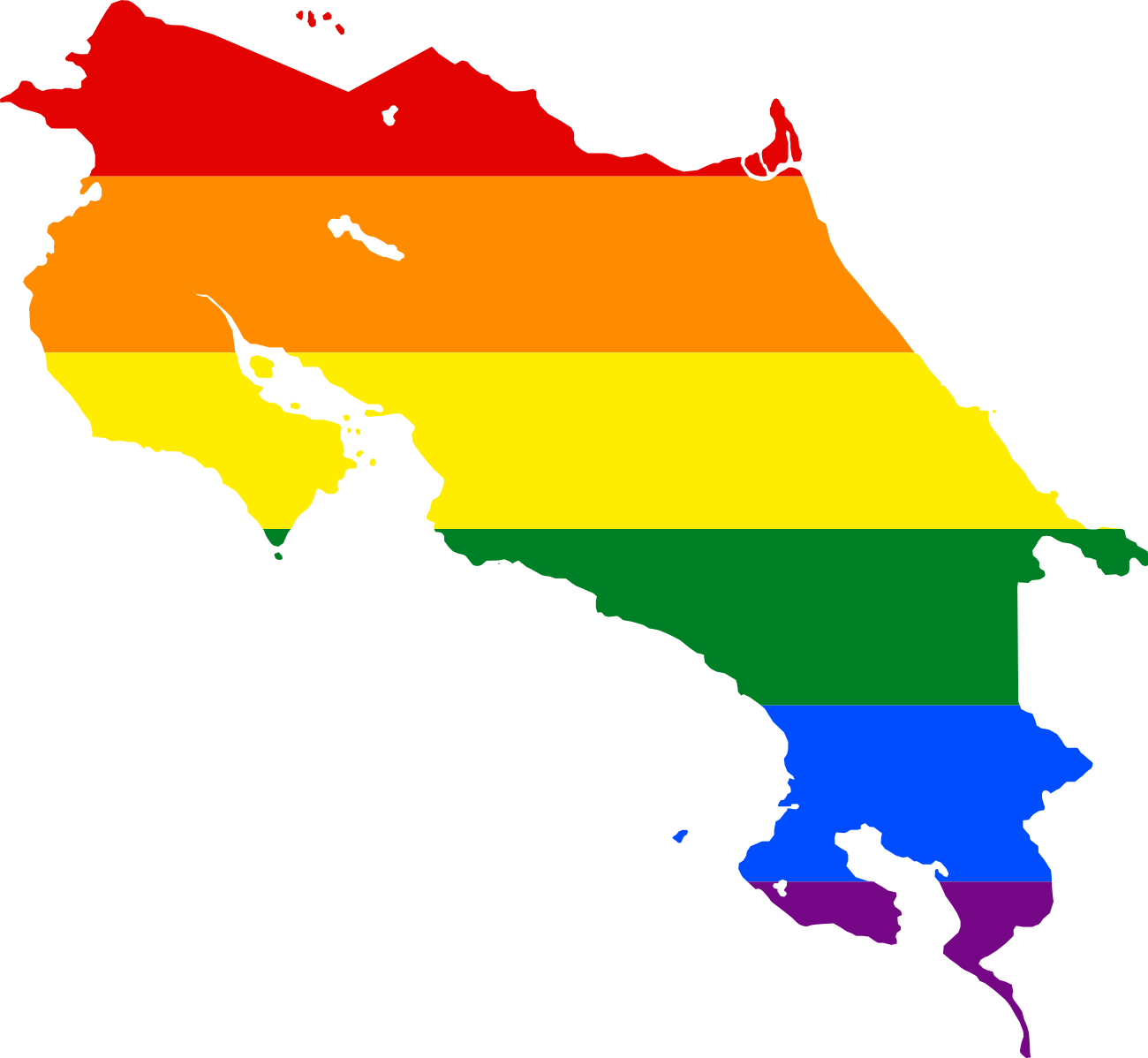
Andes, Colombia, Dispatches, Features
Destruction of the Colombian Amazon Continues During Pandemic
May 15, 2020 By mariapaula
The coronavirus pandemic has reached the Colombian Amazon, which only has two hospitals, with 68 beds and eight ventilators. The virus has already infected 903 people in the region. There are only 39 trained doctors and 29 nurses to fight the virus in the 186,500 square mile region.
But the public health emergency isn’t the only one. Environmental agencies, peasant and non-profit organizations have warned that illegal loggers are taking advantage of the pandemic to deforest and burn the Colombian Amazon. In the biodiverse rainforest, blooming flowers turn the rivers pink and the canopy echos with the chatter of spider and woolly monkeys and more than 700 kinds of birds.
In March, monitoring agencies reported nearly 13,000 fires in the Amazon, a significant increase compared to the 4,700 fires reported in March 2019. In early April the environmental agency for the Colombian Amazon, Corpoamazonia, denounced that “unscrupulous people are taking advantage of the health emergency caused by the Covid-19 pandemic to continue seriously damaging areas of special ecological importance.”
5,800 fires are located inside Indigenous reservations (2,100), areas for special ecological management (2,600) and National Parks (1,100), according to data from Instituto Sinchi.
The environmental prosecutor, Diego Trujillo, asked President Iván Duque to declare a national ecological and climatic state of emergency. “Deforestation is escalating at an exaggerated rate, with or without a pandemic,” he said in an interview with El Tiempo.
This is only the latest in a spiral of destruction that has accelerated in the region since 2016, when the rebel group Revolutionary Armed Forces of Colombia — FARC for short — signed a peace agreement with the government.
When FARC withdrew from the deepest parts of rural Colombia, it left these places vulnerable to loggers and agriculturalists. The armed conflict was no longer stopping them from reaching these environmentally sensitive lands, including three national parks, which make up one of the largest protected areas in Colombia, around 15,026 square miles.
Forestry student Paulo José Murillo Sandoval, a Colombian working on his doctoral thesis at Oregon State University, has been studying the region’s transformation. He spent six months in 2018 travelling through the three national parks: Tinigua, La Macarena, and Picachos.
Murillo combined his on-the-ground interviews with 18 years’ worth of satellite images to document the quickening pace of logging in the Colombian Amazon in unprecedented detail. “We show, not only with satellite data but with field interviews, that the forest has been a victim of the peace agreement,” he says.
The turning point was 2016, when the deforestation rate in the region jumped 65 percent compared to 2015, he says. In 2017, it rose another 23 percent.
In a study published in March in Environmental Research Letters, Murillo and his collaborators at Oregon State used more than 2,000 satellite images taken between 2000 and 2018 to document a 50 percent increase in the deforestation rate between 2016 and 2018, compared with the four prior years. Murillo’s field work, meanwhile, revealed a power vacuum in the forest, which the government’s efforts are struggling to fill.
Murillo frequently saw men entering the forest with chainsaws and enough food and gas to last for months. They were peasants paid by anonymous men Murillo calls “faceless investors” who want the land cleared to make room for cattle ranches and farms.
“They told me that someone offered them up to 1.5 million Colombian pesos [about $500] for every hectare cut down,” says Murillo.
In some cases, peasants cut down timber and live on newly cleared land in hopes that the government will eventually recognize them as legal owners. This is especially true in areas close to projected roads, a 2014 study found. Near the Tinigua park, Murillo says, “the pattern is obvious. They are trying to splice the park in two, so they can later reclaim these destroyed areas. They just see these lands as an investment.”
“I think there is a gigantic illegal land market there [in the national parks] and hundreds of families have arrived because these faceless investors are assigning them lands,” agrees Rodrigo Botero, director of the Fundación para la Conservación y el Desarrollo Sostenible, an environmental group. Botero’s team has documented the arrival of around 700 new families inside the three national parks in the region.
In late February, about 1,500 square miles of forest went up in flames. The fires burned for more than a week in the richly biodiverse area known as the Guiana Shield. The Colombian government later concluded they were deliberately set. The government stated that the fires were probably set by peasants in the region, while researchers said they were probably by ranchers and settlers seeking to clear land for large-scale farming and ranching.
Breaking the cycle of cutting down forests for cattle ranching won’t be easy – in fact, it may be near impossible. In a region where the average family has been living off raising cattle since the 1960s, it doesn’t make sense to ask people to change their ways, says Ramiro, a leader in the peasants’ organization Ascal-G who asked not to reveal his real name. He represents 5,000 families, including 1,500 who have been living inside the national parks since before they were created in 1989.
“Here, selling cattle and cheese is the only way to make decent living,” Ramiro says. Moving crop harvests from the tiny farms of peasants to the nearest villages is costly. The rural roads have been dug by the farmers themselves across vast distances. He calculates that after paying for transportation, peasants growing crops make only a 20 percent profit to feed their families.
Cattle, on the other hand, don’t require transportation – cows can just walk the kilometers separating farms from towns. “And you’ll always, always find some interested in buying them,” Ramiro says. “With rice or plantain or whatever, you never know.”
Foreign governments and environmental groups are trying to transform the focus of Colombia’s Amazon economy from cattle ranching to sustainable forestry via the $85 million Visión Amazonía program. “It’s not a small task,” acknowledges program director José Yunis.
That appears to qualify as an understatement. Visión Amazonía hopes to reach two million hectares by the end of the year, but the Colombian Amazon stretches over 48 million hectares or about 186,500 square miles. All the sources interviewed for this story agreed that even if Visión Amazonía’s intentions and methods are ideal, the reach of the program is far too small.
For Ramiro, broken trust in the government’s promises are also fueling the deforestation. In 2017, the agency administering Colombia’s National Parks stopped the negotiations in which they were trying to create sustainable economic activities for the peasants living inside the parks. After that, he says, the descendants of the original settlers followed the path the same path of their elders, and started clearing new lands.
Moreover, in the peace agreement with FARC, the Colombian government promised new economic alternatives for peasants who agreed to stop growing coca, which is used to make cocaine. But four years after that pledge, in the region the government has only given each peasant 12 million Colombian pesos [about $4,000 in US dollars] of the 32.8 million pesos promised for their farming projects, says the peasants leader Ramiro. “What did those families do? Clear some lands, buy some cattle, and survive,” he adds.
In some places, such as the southern state of Putumayo, newly formed illegal groups that control the cocaine business have convinced peasants to turn their backs on the government’s programs, according to Oregon State’s Murillo. Peasants give in, because growing and selling coca is still the most profitable option.
Perhaps what puzzles the most some observers is that the government’s efforts have focused on arresting peasant loggers. During the controversial military operation Artemisa, an ongoing effort at several parks in the Colombian Amazon, at least 117 people have been arrested. The Ministry of Defense claims that those detained were burning the forest under the direction of dissident FARC rebels who oppose the peace treaty. The biggest military operations, though, have been followed by a backlash from local peasants associations like Ascal -G and human rights NGOs, who claim that the arrested men arrived in these lands decades ago fleeing the civil war.
Colombian prosecutors did not respond to requests for comment, arguing that the subject is part of an ongoing investigation.
The pandemic has made environmental enforcement even more difficult. The national lock-down that started in March has left park rangers out of their posts, reported the think tank Fundación Ideas para la Paz. Now, the think tank wrote in a recent report, “the Colombian State depends completely on the Military and Police Forces to control the phenomenon [of deforestation] while the quarantine lasts.”
In the meantime, Colombia’s forests keep falling.





